Influential Women in STEM
In honor of Women’s History Month, NITRD is celebrating the contributions made by women in the fields of science, technology, engineering, and mathematics (STEM). We will be highlighting women who have brought great achievements to society, at times without encouragement and despite obstacles.
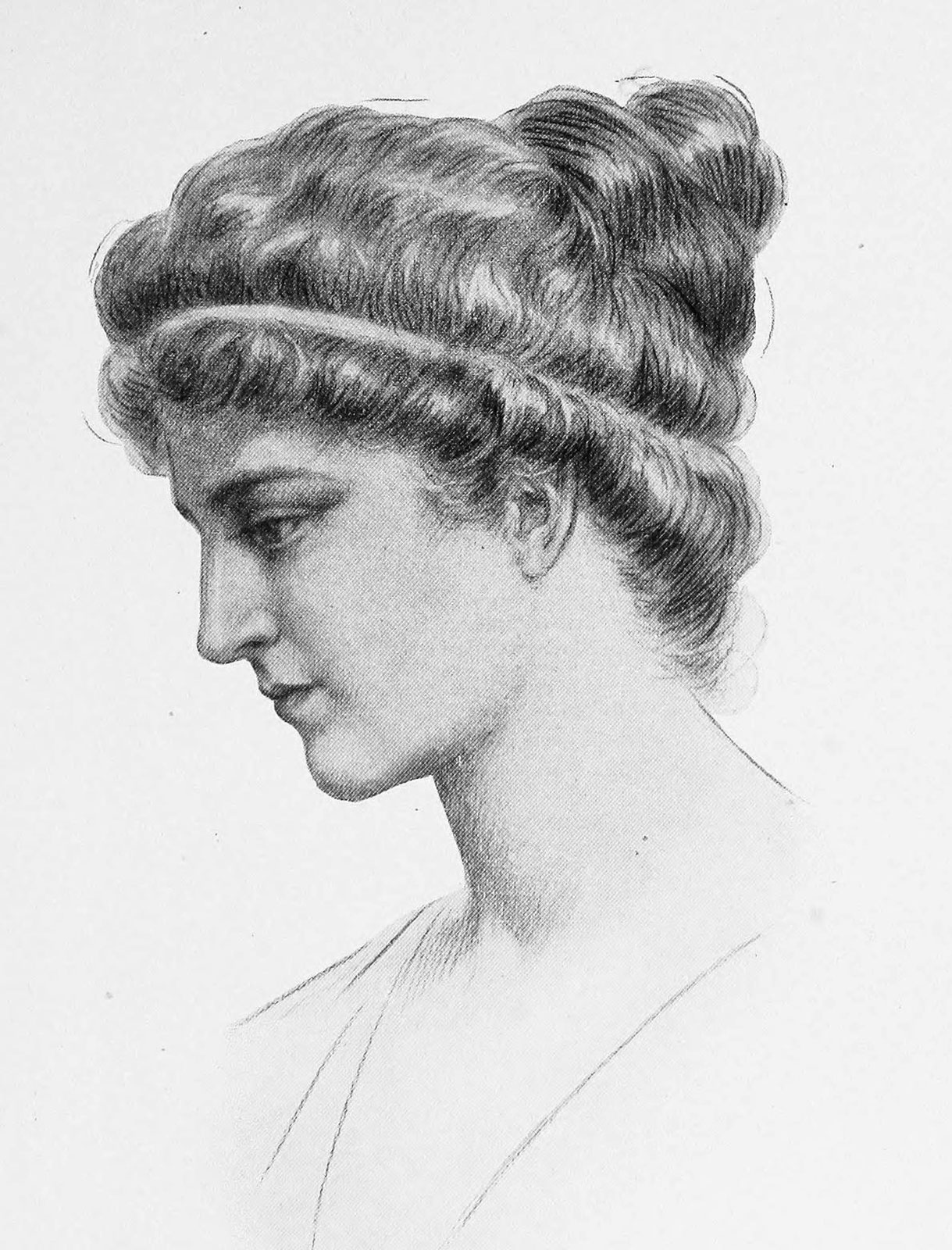
A fictional but iconic and widely disseminated image of Hypatia from Elbert Hubbard’s fictional biography of her.
To start off this journey, we would like to introduce you to Hypatia, a mathematician, astronomer, and philosopher from the Roman Empire time period. Though there were probably other early female mathematicians, Hypatia was the first whose life was well documented. Her exact birthdate is debated but thought to be between 350 and 370 AD. Hypatia was acclaimed as a great teacher and many people came great distances for her instruction in philosophy and astronomy, which at the time was not divergent from mathematics. In a position previously only held by males, Hypatia was a respected academic at the university in Alexandria. As a true teacher and an admired public speaker, she would share her knowledge by giving spontaneous lectures as she walked through Alexandria. Her father was head of a school and also a mathematician, but Hypatia was considered to surpass her father in mathematics. One of Hypatia’s contributions was developing an improved method of long division algorithms used for astronomical calculations. In March 415, Hypatia was murdered, caught in a violent political power struggle between the unofficial successor to the bishop of Alexandria and a Roman administrator. Her death was poignant but her legacy to other women lives on, as Hypatia is considered to have been a brilliant mathematician during her time.
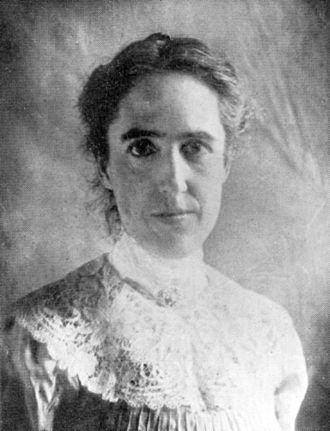
American astronomer Henrietta Swan Leavitt
As we continue our journey to inspire you with women who has made important contributions in STEM, we are honoring American astronomer Henrietta Swan Leavitt. Her ‘job’ at Harvard College Observatory was as a “computer” measuring the brightness of stars. She is best known for discovering the relationship between the luminosity (total amount of electromagnetic energy a star emits per unit of time) for stars that radially pulsate (Cepheid variables) and the pulsation period. This is used to compute galactic distances and it is how scientists measure objects in the universe. Called Leavitt’s Law, Henrietta’s work was the basis of Hubble’s Law. Edwin Hubble used Henrietta’s work to explain the expansion of the universe. Hubble stated Henrietta should have the Nobel Prize for her work, but when her name was put forward for nomination in 1924, the Swedish Academy of Sciences discovered Henrietta had died three years earlier from cancer. In all actuality, she volunteered for 14 years at the Harvard College Observatory before she was paid for her work. She was paid 30 cents an hour, far less than men for the same work, but more than other women “computers” because Henrietta’s work was considered very valuable.
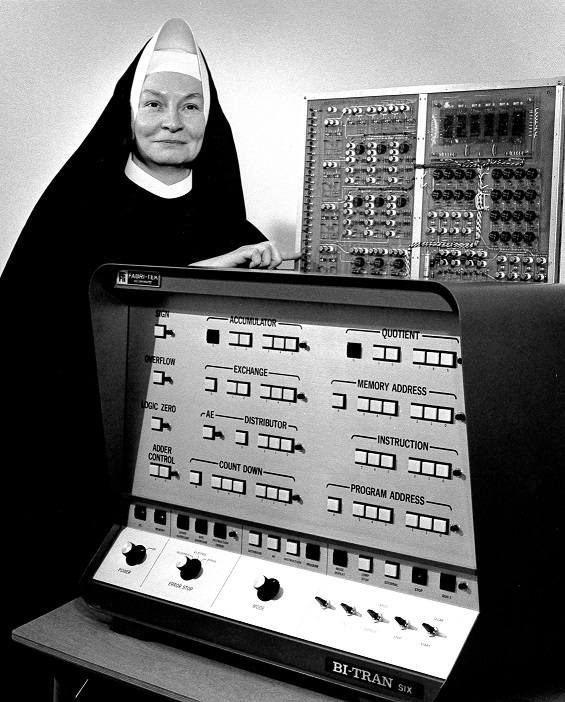
Featured image “Sister Mary Kenneth Keller” credit: Clarke University.
There are so many influential women who have made important contributions in STEM. We choose Sister Mary Kenneth Keller to highlight next because she and Irving Tang were the first two people in the United States to be awarded a Ph.D. in computer science (and on the same day), also making her the first woman. She was part of the team at Dartmouth College that designed the computer language BASIC. After achieving a B.S. in mathematics and a M.S. in mathematics and physics, she earned her Ph.D. with a dissertation written in CDC FORTRAN 63 – a compiled programming language in version 63 of Fortran. Sister Keller championed women in computer science. When she finished her doctorate, Sister Keller established one of the first computer science programs at a small college. It was a women’s college – Clarke College in Iowa and for twenty years she was the head of the department. Sister Keller obtained a National Science Foundation grant that provided equipment to support the undergraduate program. She promoted the use of computers in education as a means to increase the availability of information. Sister Keller’s words were full of wisdom and timely, even today, when she said, “We’re having an information explosion . . . , and it’s certainly obvious that information is of no use unless it’s available.” So true!
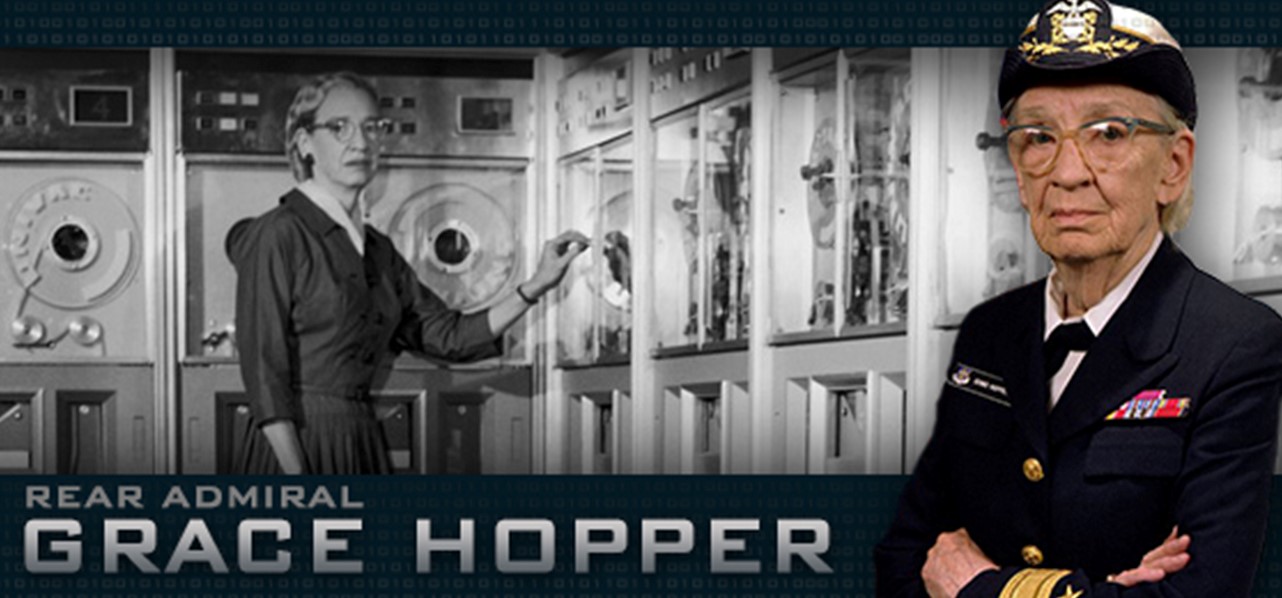
Rear Admiral Grace Hopper
Curiosity is a trait often seen in scientists and the next woman we are honoring was definitely curious. When Adm. Grace Hopper was seven, she wanted to know how alarm clocks functioned. She was restricted to only one alarm clock after her mother found out she had taken apart seven! Adm. Hopper earned her master’s and Ph.D. at Yale in mathematics and taught mathematics as a professor at Vassar College. During World War II, she took a leave of absence from Vassar to enter the U.S. Navy Reserves.
Have you heard of the term computer “bug”? The term is attributed to Rear Admiral Grace Hopper after a moth got into the Mark II – a large-scale calculating machine and the forerunner to computers – while the team was working on it. The actual moth is at the Smithsonian National Museum of American History in the logbook the team used during the machine’s development. Adm. Hopper was part of the team that worked on the early computer prototypes, the Mark I and II, and then she moved to the team that developed the first commercial computer, the UNIVAC I. Adm. Hopper is credited with developing a computer language based on English, despite being told that computers did not comprehend English. Her idea was not accepted for three years, but she persisted, and her work led to the programming language, COBOL, that has been extensively used in business and finance. She retired from the Navy in 1966 but was recalled to active duty for a six-month assignment to provide standardization to the Navy’s computer languages. The six-month assignment got extended and twenty years after retiring the first time, Adm. Hopper retired again in 1986. Her name lives on! The Navy named one of its guided missile destroyers the USS Hopper. Likewise, the National Energy Research Scientific Computing Center (NERSC) named a Cray XE6 supercomputer the “Hopper”.
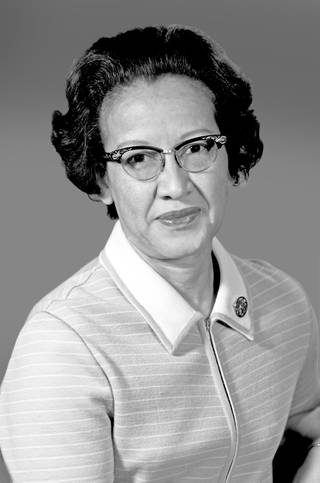
Featured image “Katherine Johnson”
credit: NASA
As Women’s History Month ends for the year, all should remember that promoting women in STEM fields occurs throughout the year – each and every month. If an opportunity to help a young woman enter a STEM field arises, each one of us should seize the moment and do what we can to promote her. That is what Katherine Johnson’s parents did! Johnson was born in West Virginia in 1918 when opportunities were often limited for women. She did not have access to education past eighth grade so her parents enrolled her in high school in another part of the state at the age of ten! Johnson showed exceptional mathematical abilities so her parents split their time between two regions of the state to make sure she got the educational opportunity to excel. And she did shine – graduating high school and entering college at 14! Johnson was so gifted in mathematics that new courses were added just for her. She graduated college at 18 and became a teacher, like her mother. Despite it being difficult for a woman to be in research mathematics, Johnson was hired by the National Advisory Committee for Aeronautics (now the National Aeronautics and Space Administration or NASA) in 1952. The research teams were primarily male but Johnson ignored the barriers and pushed to be included. In the early days of research, women at NASA didn’t have their names on the reports. Johnson worked with Ted Skopinski on a report about orbital spaceflight equations to specify a spacecraft’s landing position. Skopinski told their boss that since Johnson had done most of the work, she should be the one to finish the report. Thus, because of Skopinski’s support, Johnson was the first woman in her division to author a research report. People believed in Johnson and her work. Astronaut John Glenn would not orbit the Earth until Johnson, herself, had confirmed that the computer’s calculations were correct. When the Apollo 13 mission had to be terminated, it was Johnson’s work that help chart a safe course back to Earth for the astronauts. Johnson came full circle as later in life she promoted students to enter STEM fields – just as her parents had done for her. Johnson’s parents empowered her with an education and their belief in her mathematical abilities. So as Women’s History Month ends and the year marches on, all of us at NITRD ask you, “What will you do today to empower a co-worker, neighbor, relative, or friend?”
Women’s History Month Resources/References
- Celebrating Women in NITRD, 2020.
- Influential Women In STEM, 2020.
- Influential Women in STEM: Insight, 2020.
- Prominent Women Serving America, 2020.
- National Women’s History Month: Women of the NITRD National Coordination Office, 2020.
- National Women’s History Month: NITRD Looks Back at Outstanding Leaders, 2019.
- National Women’s History Month: Women of the NITRD Interagency Working Groups, 2019.
- National Women’s History Month: Women of the NITRD Subcommittee, 2019.
Page updated: April 21, 2020

